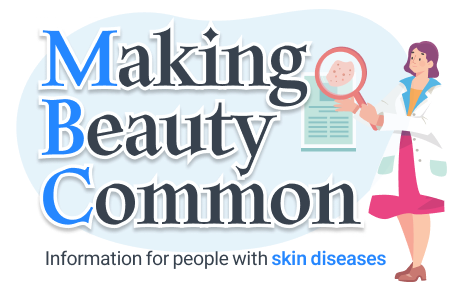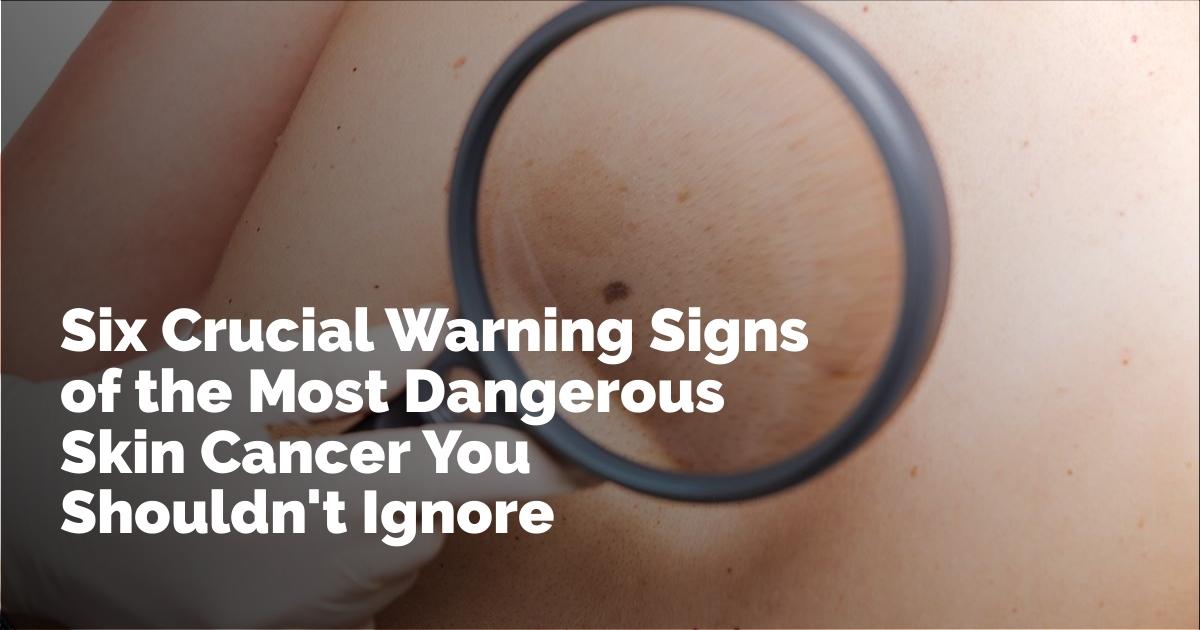Understanding the Severity of Melanoma: A Guide to Recognizing Signs
Melanoma, the deadliest form of skin cancer, is the UK's fifth most common cancer. This type of cancer can significantly impact one's health if not identified and treated promptly. While the growth of a mole has traditionally been seen as a potential warning signal, Dr. Conal Perrett, a renowned consultant dermatologist, emphasizes that there are additional, often overlooked indicators that should be on our radar. It’s crucial to understand these signals to ensure timely diagnosis and treatment, thereby potentially saving lives.
Beyond the Obvious: Subtle Red Flags
Typically, the public is advised to be vigilant for changes in a mole’s size or shape, as these can signify the onset of melanoma. However, Dr. Perrett highlights several other critical symptoms. Moles that become itchy, painful, or tender should not be ignored. Additionally, moles that bleed, become sore, or start to weep fluid are alarming indicators that warrant professional evaluation. These manifestations may suggest that a mole is undergoing cancerous changes, compelling a visit to a healthcare practitioner.
Importance of Monitoring Size and Symmetry
It’s not just the sensation altered moles can present; size also plays a pivotal role. Larger moles, those exceeding 7 millimeters in diameter, require a professional assessment due to their heightened risk of becoming cancerous. Moreover, rapid growth or changes in color—such as the development of multiple colors including brown, black, red, white, or blue—are critical warning signs. The presence of uneven coloring deserves immediate medical attention.
Equally, if a mole becomes irregular or asymmetrical, this could be indicative of skin cancer. Monitoring for changes in the borders or overall symmetry of moles is important, as these may point to malignant transformations. Because melanoma can quickly spread to internal organs and seriously diminish survival rates, Dr. Perrett stresses the necessity of taking all potential warning signs seriously.
The Broad Reach of Melanoma
A common misconception is that melanoma only affects the most visible areas of our skin, such as the face, body, and limbs. However, it can also develop in less conspicuous areas, including the mouth, scalp, nail beds, soles of the feet, palms of the hands, and fingers. This extended range makes it more vital to be thorough in personal skin checks and medical evaluations.
Raising Awareness Through Celebrity Experiences
Increasing awareness around melanoma has been partly fueled by celebrities sharing their personal battles with the disease. Public figures like Hugh Jackman, Katherine Ryan, Khloe Kardashian, and Molly-Mae Hague have been transparent about their experiences, significantly contributing to public education on this cancer.
Khloe Kardashian, for instance, once misidentified an early melanoma on her face as a persistent pimple, illustrating the deceptive nature of this condition. Stories like hers highlight the importance of professional evaluations for any skin anomalies.
Mitigating Risk: Protecting Your Skin
Melanoma’s primary cause is damage to skin cells from ultraviolet (UV) and UVB rays emitted by the sun or tanning beds. While UV exposure is a leading contributing factor, those with a family history of melanoma are also at increased risk. Awareness and preventative measures are key to reducing melanoma risk.
To safeguard against harmful UV exposure, experts advise using sunscreen with a high sun protection factor (SPF), applying it generously 30 minutes before going outdoors. Furthermore, they recommend wearing protective clothing to minimize risks of sunburn and keeping babies and children out of direct sunlight as much as possible.
An annual check-up with a general practitioner is critical in monitoring skin health, especially for individuals with pre-existing moles. Such proactive steps are fundamental in early detection, which is paramount in effective treatment and reducing melanoma-related mortality.
The Critical Importance of Vigilance
The necessity of being aware of the subtle and less conspicuous signs of melanoma cannot be overstated. Prompt detection and treatment are essential, as melanoma can swiftly progress and spread, significantly worsening outcomes. Recognizing the early signs outlined by Dr. Perrett offers the best chance at early intervention and effective management.
Education and vigilance play central roles in handling melanoma risks. By understanding the importance of seemingly minor skin changes and implementing preventative measures, we can decrease our skin cancer risks and lead healthier, more informed lives.
출처 : Original Source

